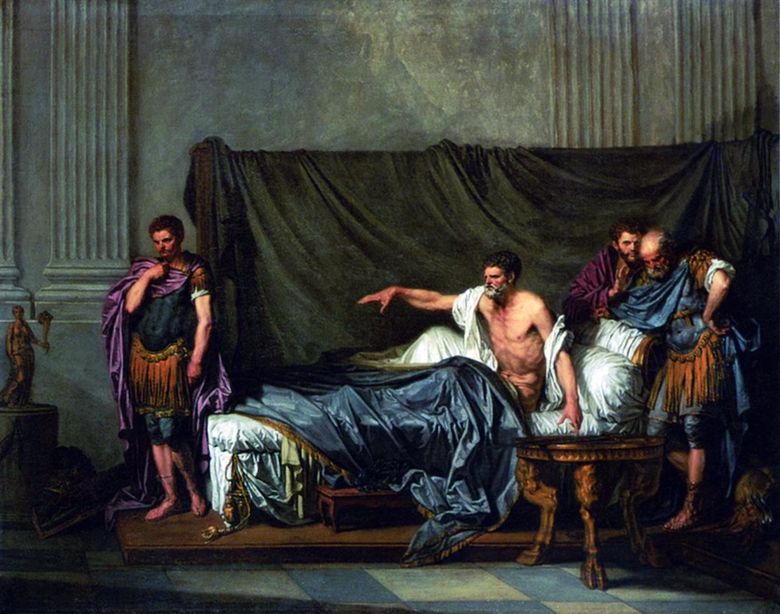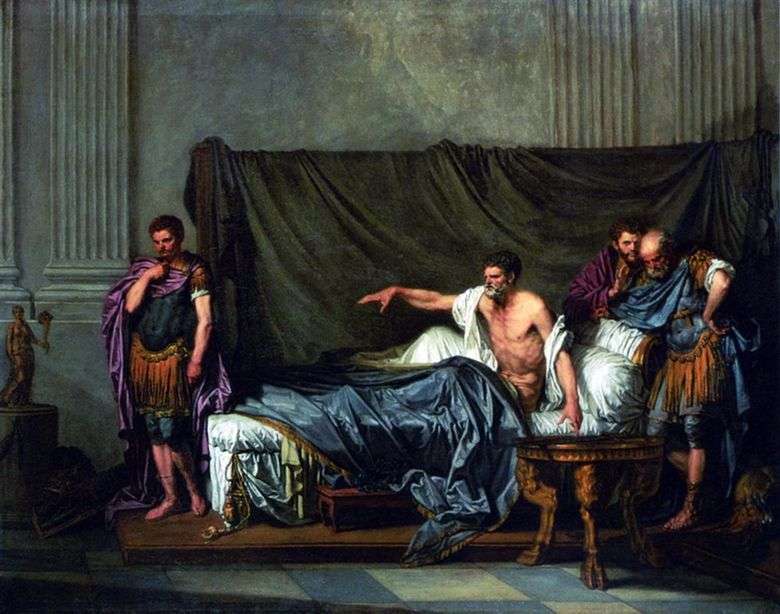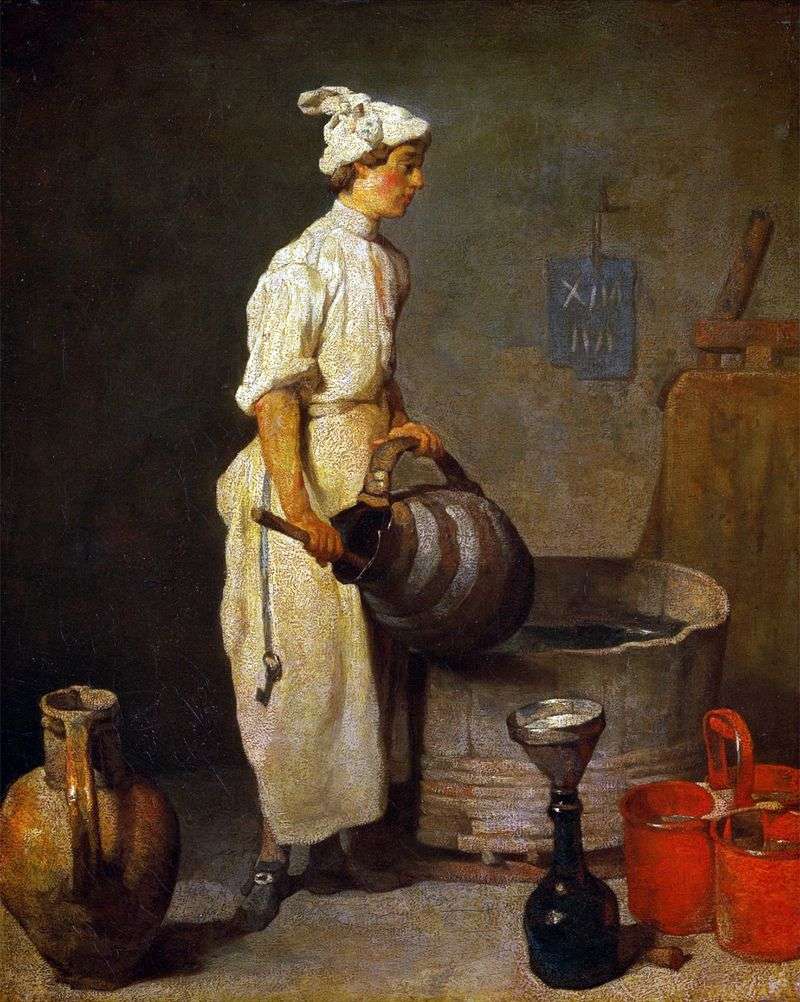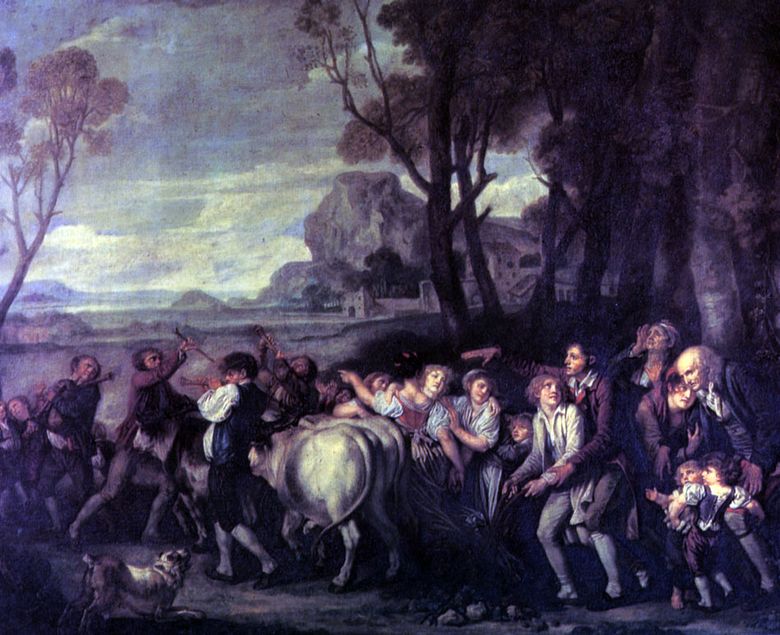
The French artist Jean Baptiste Grez in his work sought to convey the aesthetic tastes of the “Age of Enlightenment”. He painted pictures on historical subjects, which did not bring him great fame, as portraits and household compositions.
But still, historical paintings are an integral part of the great artist’s work. One of these paintings is “Septimius Severus and Caracalla”, which the artist presented to the public in 1769. ” The picture caused a stormy reaction from the public, which low evaluated this work.
The plot of the picture is the relationship between father and son. Caracalla sought to accelerate the death of his critically ill father in order to quickly become an emperor and plot plans for an attempt on his life. Father condemns his son for betrayal. Septimus Sever sits on an imperial bed, draped with gray silk fabrics, and with a reproachful gesture points to his son standing nearby. The severe expression on the face of the emperor speaks of the seriousness of his accusations. On the table next to the bed lies a sword, to which the hand of his father is already stretching.
The emperor’s body is bare, and his body is no longer young. His head is completely covered with gray hair. Caracalla, looking down, stands, turning away from his father. He is dressed in armor, with a paludamentum wrapped around his shoulders with a military cloak.
At the head of the imperial box, the subjects of Septimius Severus whisper, discussing what is happening. The painting “Septimius Severus and Caracalla” conveys the tension and tragedy of this historic moment. A father can never forgive a son for his evil deeds. Despite the criticism of contemporaries of Gres in relation to this work, it remains an important work of the artist, written realistically in the traditions of academic painting.
 Septimius Severus et Caracalla – Jean Baptiste Dreams
Septimius Severus et Caracalla – Jean Baptiste Dreams Septimius Norte y Caracalla – Jean Baptiste Dreams
Septimius Norte y Caracalla – Jean Baptiste Dreams Kimon and Perot by Jean-Baptiste Dreams
Kimon and Perot by Jean-Baptiste Dreams The first furrow by Jean-Baptiste Dreams
The first furrow by Jean-Baptiste Dreams Portrait of Sophie Arnoux by Jean-Baptiste Dreams
Portrait of Sophie Arnoux by Jean-Baptiste Dreams In the basement by Jean Baptiste Simeon Chardin
In the basement by Jean Baptiste Simeon Chardin The father’s curse by Jean-Baptiste Dream
The father’s curse by Jean-Baptiste Dream Premier sillon – Jean-Baptiste Dreams
Premier sillon – Jean-Baptiste Dreams